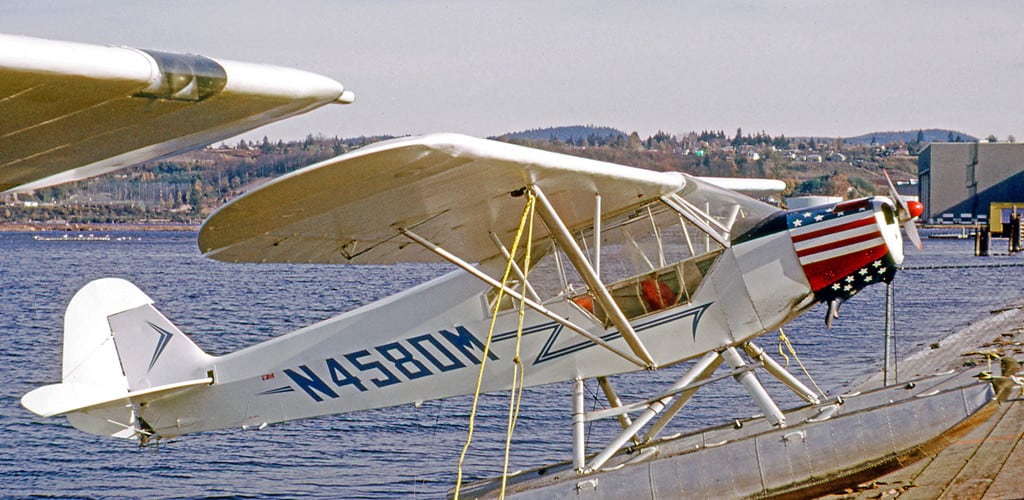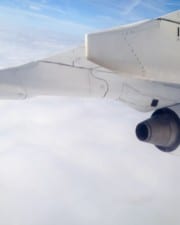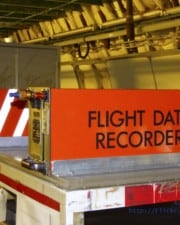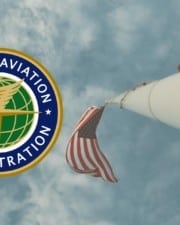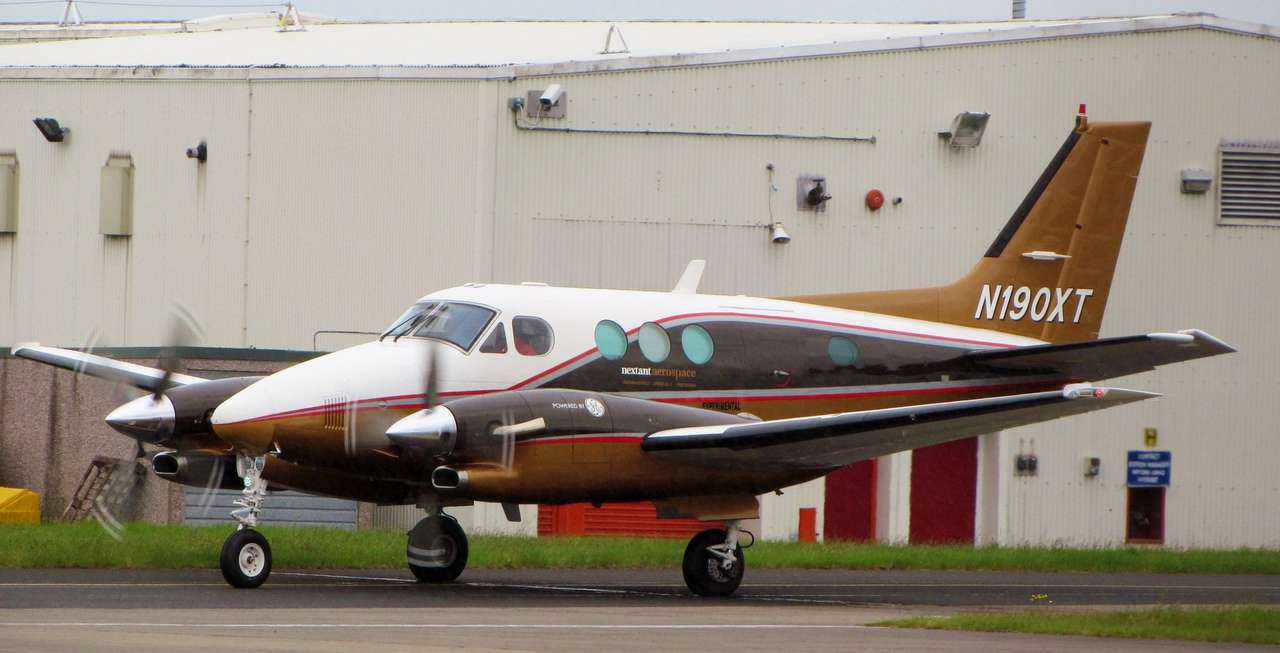The newest trend in aircraft manufacturing isn’t bigger and better—it’s smaller and better. Light sport aircraft are popular around the world. These small aircraft enable pretty much anyone to take to the skies in their own plane. Are they the rebirth of general aviation?
Table of Contents
Light sport aircraft, or LSAs, are lightweight aircraft that are simple and easy to fly and less expensive to purchase and operate than conventional aircraft. In general, they are larger than ultralights but smaller than most regular general aviation aircraft.
Many limits apply to what airframes are considered “light sport.” Primarily, they can only have two seats, cannot weigh more than about 1,300 pounds at takeoff, and cannot fly more than 120 knots.
Origins of the Light Sport Rule
The FAA’s light sport rule has only been around since about 2004. The idea behind the new rules for smaller planes was to spur some growth in the general aviation sector. Hopefully, new designs of less expensive airplanes would encourage more people to get pilot certificates and buy airplanes.
What Qualifies as a Light Sport Aircraft (LSA)?
The criteria for what is and is not a light sport aircraft (LSA) is clearly defined by the FAA. A light sport is an aircraft with:
- max takeoff weight no more than 1,320 pounds for land or 1,430 pounds for water
- max airspeed of not more than 120 KCAS (knots calibrated airspeed)
- no more than two seats
- a single, reciprocating engine with a fixed propeller
- fixed landing gear if land, or repositionable gear if amphibious
- non-pressurized cabin
- maximum stall speed not more than 45 KCAS
According to AOPA, many existing aircraft designs fall under these rules. Some examples include the Piper J-2 and J-3, the Aeronca Champ, the Ercoupe, Luscombe 8-series, and the Taylorcraft BC, BCS, and BC-65.

So long as the limits laid out in the regulation are met, it doesn’t matter whether or not an aircraft was explicitly built as a light sport aircraft or not. The aircraft on this list existed decades before a “light sport aircraft” was a thing.
In the US, LSAs can be nearly any sort of category and class of aircraft. The most common are airplanes (both land and sea), gliders, weight-shift-control aircraft, powered parachutes, gyroplanes, and lighter-than-air airships or balloons.
New LSA Manufacturers
Manufacturers have capitalized on this new rule, and they have brought many new and exciting aircraft to market that meets the new rules.
The FAA maintains a list of LSA manufacturers on their website. Here’s a look at three popular LSAs and how each model exemplifies the LSA.
Icon A5


The Icon A5 is probably the epitome of what the FAA intended when they created the light sport rule. It’s an innovative aircraft targeted at a new breed of pilot. One look at the website promotion for this plane will quickly prove that this plane is selling an adventure experience, not just a flying machine.
The Icon is an amphibious two-seat plane with folding wings, meaning it can be towed via trailer to and from boat ramps. That eliminates the need for a tie-down spot at the airport and opens up flying to pretty much anywhere.
The interior of the A5 is approachable and straightforward. It looks much more like a modern car than an airplane.
Cruiser Aircraft Sport Cruiser

The Sport Cruiser is a much more typical airplane design. It meets all of the LSA rules’ requirements, but it’s just a small low-wing plane. It has some nice modern features and a glass cockpit, but there’s nothing revolutionary about it.
The Sport Cruiser is also interesting because it comes from the Czech Republic, not a nation usually associated with GA aircraft. This plane suits many country’s LSA rules, but it’s also built to make a dependable training airplane for higher-level certificates.
CubCrafters Carbon Cub SS

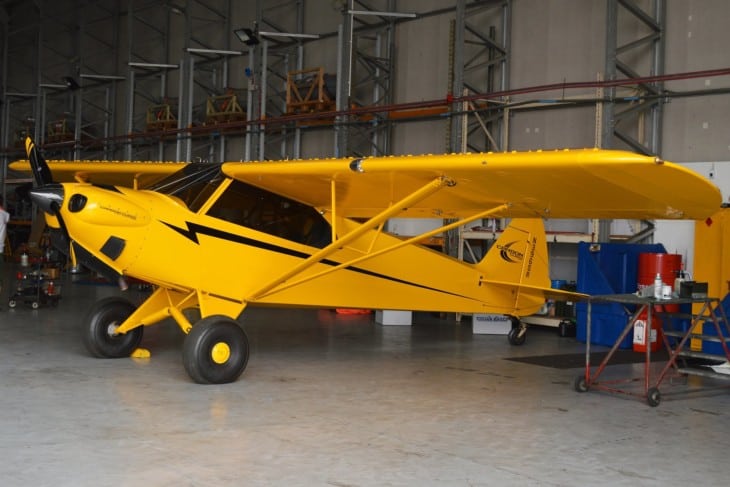
Another interesting path that manufacturers have taken is to perfect a very old design. The Piper Cub is an iconic aircraft with a loyal following today, even though the type first flew in 1938. Several manufacturers are making new and improved versions of this fabric-covered high-wing trainer.
The most flashy of the new generation is the Carbon Cub. Even though the new Cub looks nearly identical, it is built with modern aluminum and steel alloys. With the new tech and fewer parts, the Carbon Cub shaves 250 pounds off of the original’s weight.
LSA FAA Certification
Part of the effort to keeping the cost factors of LSAs as low as possible has been by revamping the aircraft certification process that manufacturers have to follow.
Light sports are built to agreed-upon industry standards instead of FAA certification requirements. This is a sea change from the previous system, under which manufacturers have FAA certification slowing down and adding expense to bringing an aircraft to market.
The standards that manufacturers use to produce LSAs are called the ASTM. Compared to the traditional FAA process, it’s much easier for the ASTM to be updated since the FAA’s rule making process isn’t involved. Ideally, manufacturers can make quick changes when the industry discovers a new manufacturing technique or customers demand new features.
Aircraft the are made per the ASTM are known as S-LSAs (special light sport aircraft).
For decades, a popular way for owners to save a little money has been building their aircraft and certifying it in the experimental category. This is possible with LSAs, too. An LSA built from a kit is known as E-LSAs (experimental light sport aircraft).
The home-built experimental aircraft rule is commonly referred to as the 51 Percent Rule. To get a home-built certified, the owner must perform 51 percent or more of the building process.
The 51 Percent Rule does not apply to home-built E-LSAs. Owners can complete as little as one percent of the kit on their own and still get the plane certified as an LSA.
Light Sport Aircraft vs. Ultralights
In the United States, ultralight aircraft are regulated under FAR Part 103. Before LSAs came along, many two-place and heavier aircraft were operated under Part 103 as ultralights.

But when the FAA released the LSA rules, part of the charge involved changing Part 103 to incorporate the new rule. All two-place ultralights became LSAs, and the pilots were required to get light sport pilot certificates.
Part 103 still exists for ultralights, but in a more limited form. Ultralights are now by definition single-seat aircraft that weigh less than 254 pounds if powered. Ultralights cannot carry more than five gallons of fuel and cannot fly faster than 55 knots.
Related Posts
